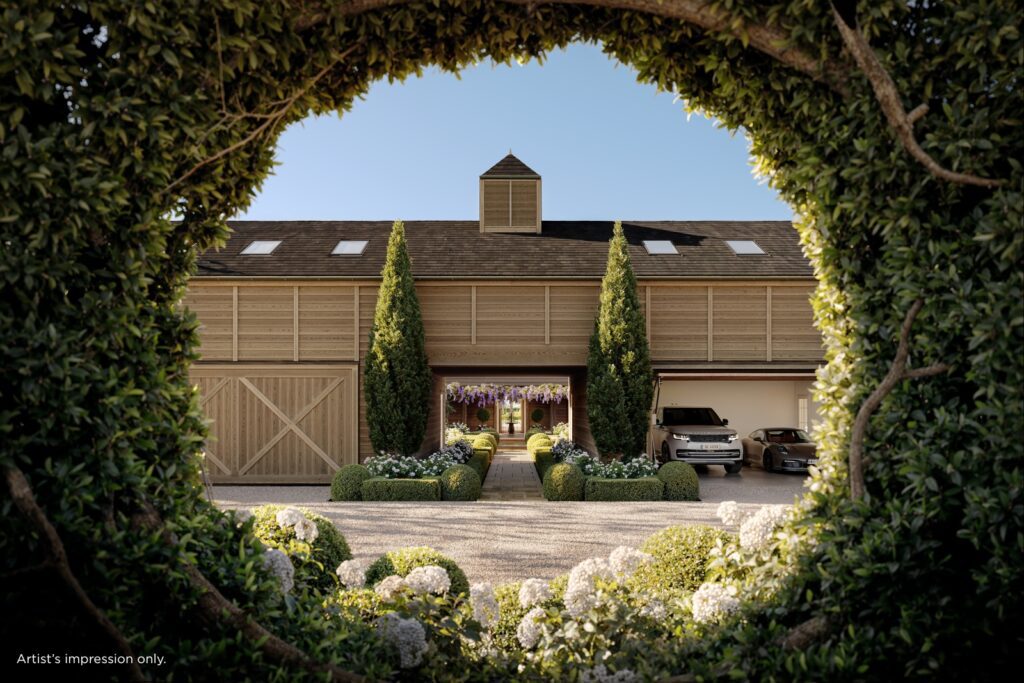A young couple re-imagines suburban back-section living with a compact optimistic new home

Never mind it was in the suburbs. It wasn’t the possibility of a picket fence that drew Henri Sayes and Nicole Stock to a rundown 1940s cottage in Onehunga, not too far from Auckland’s Maungakiekie (One Tree Hill). It was the cottage’s large, flat, north-facing back lawn, 400-odd square metres on which to build a house. More particularly, it was a chance for Sayes, who works in the office of architect Malcolm Walker, to design a house, regardless of the fact that, at that point, he had just one previous home and a toilet block to his name.
The result is delightful. From the street, you look down the driveway, past the original cottage (which the couple sold after subdividing the site) at a simple, elegant form. The 116-square-metre home is a confident intrusion into an established street of weatherboard and brick bungalows, its asymmetric pitched roof and vertical cedar weatherboards somehow sympathetic to the local vernacular.
It might be infill housing, but it doesn’t share much with its counterparts. Noticeably, when you come down the driveway, there’s no double garage door confronting you. Instead, there’s a grassed parking area and a playful berm planted with titoki trees to delineate the front courtyard from the driveway. There’s a glass front door with a bright yellow frame, through which you step straight into the living room.
It’s at this point that you realise this is not the usual suburban infill. There is a soaring, double-height ceiling with exposed trusses. There are views out through windows and up into other rooms, most noticeably the main bedroom with its soft pink ceiling. For a small house, it has a sense of elegance and spaciousness. “What you tend to find when you squeeze down plans is that you lose the poetry,” says Sayes. “The trick with this house is that everything comes off the dining area. You’re always borrowing space.”




